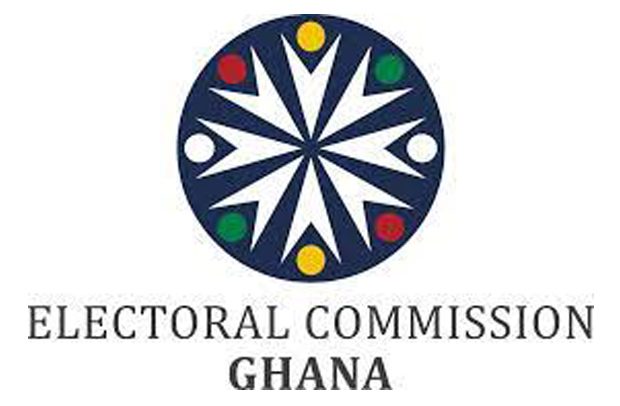The data reveals that the HIV population increased by 9% between 2013 and 2023 and is expected to rise by 6.8% by 2030. In 2023, 17,774 people (6,457 males and 11,317 females) were newly infected with HIV. This number includes 4,869 youth aged 15-24, 1,698 children under 15, 1,520 adolescents aged 10-19, and 16,076 adults over 15.
Dr. Kyeremeh Atuahene, director general of the Ghana AIDS Commission, disclosed this on June 19 in Accra. He mentioned that there was a 14.8% decrease in new HIV infections between 2013 and 2023. However, Ghana fell short of its annual target of a 17% reduction in new HIV infections for the past decade.
In 2023, 334,095 people in Ghana (115,891 males and 218,204 females) were living with HIV. This includes 17,550 children under 14, 16,381 adolescents aged 10-19, 33,245 young adults aged 15-24, and 316,545 adults aged 15 and up.
The projections indicate that 12,480 Ghanaians died from AIDS-related illnesses in 2023. Dr. Atuahene expressed concern over the continued mortality due to AIDS, despite the availability of treatments to prevent disease progression and deaths.
Ghana, along with the rest of the world, aims to reach the 95-95-95 targets by 2025. These targets include ensuring 95% of people living with HIV are aware of their status, 95% of those receiving antiretroviral therapy (ART) achieve viral suppression, and 95% of those receiving ART know their status.
Dr. Atuahene reported that in 2023, Ghana achieved 65.3% for the first 95 targets and 69.4% and 89.0% for the second and third targets, respectively. He emphasized that the majority of people infected or living with HIV in the country are between the ages of 15 and 49, constituting an economically active population. Dr. Atuahene stressed that stopping the AIDS epidemic should be a top priority for everyone.




